10 Incredible Animals That Can See Ultraviolet Light
Last Updated on
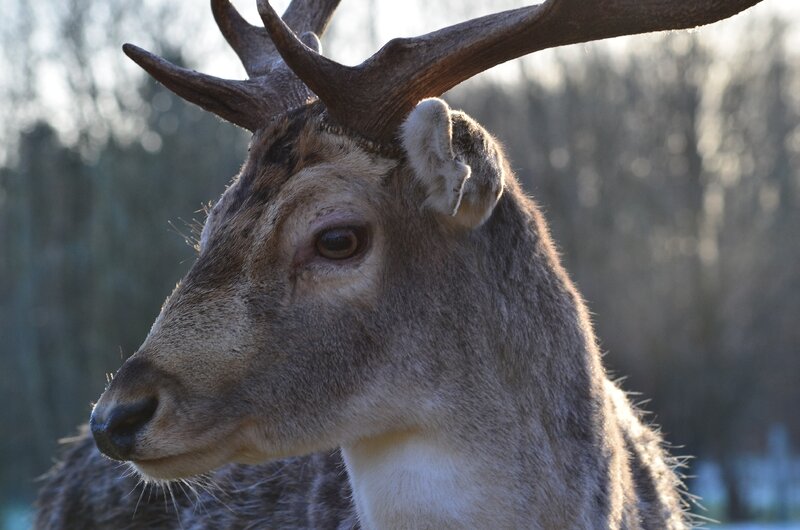
Of all the different types of light in the electromagnetic spectrum, ultraviolet (UV) radiation is perhaps the most mysterious. This type of light is invisible to the human eye, but it can have some pretty amazing effects.
One of the most interesting things about UV light is that some animals can actually see it. This ability gives them a unique advantage in the animal kingdom, and it’s one that scientists are only just beginning to understand.
Here are 10 incredible animals that can see ultraviolet light:

The 10 Animals That Can See UV Light
1. Bumblebees
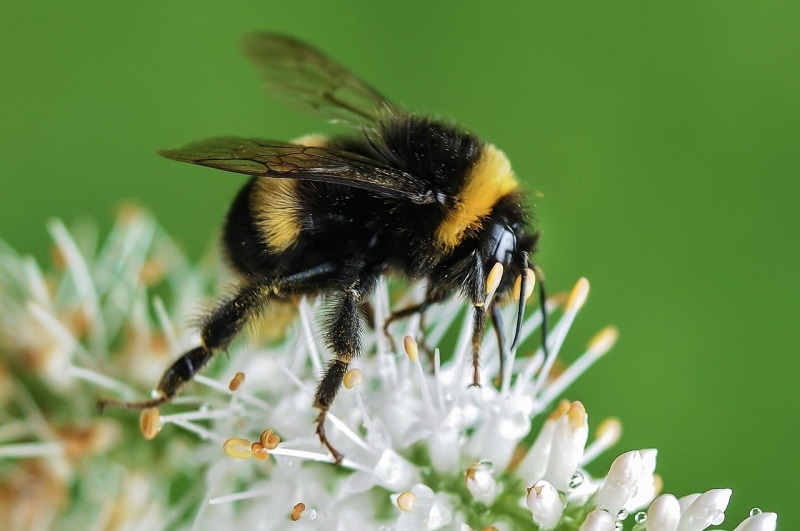
Bumblebees are one of the most well-known examples of animals that can see UV light. As one of the main pollinators of both wild and cultivated plants, they play a crucial role in the ecosystem.
What’s interesting about bumblebees is that they can see UV light without having to rely on special adaptations. Their regular eyes are sensitive to ultraviolet radiation, and this allows them to see a range of colors that other animals cannot.
2. Butterflies

Butterflies are another type of insect that can see UV light. In fact, they use UV light to help them find flowers. Flowers reflect UV light, which helps butterflies identify them from a distance.
But that’s not all! Butterflies also use UV light to help them find mates. For instance, female butterflies use UV light to select the healthiest males. And males use UV light to find the most attractive females.
UV light allows both sexes to identify the best possible mate, which helps ensure that the species can continue to thrive.
3. Reindeer

Reindeer are perhaps the most well-known animals that can see UV light. These creatures have a special reflector in their eyes that allows them to see UV light. This reflector is thought to help them see in low-light conditions, and it also helps them spot predators that might be hiding in the shadows.
What’s more, reindeer rely on UV light to help them find food. Lichens, which are a type of plant that reindeer like to eat, reflect UV light. This makes them easier for reindeer to spot, and it helps the animals find food in areas where other predators might not be able to see.
4. European Rollers

European Rollers are one type of bird that can see UV light. These brightly colored birds are found in Europe, Africa, and Asia. They use their ability to see UV light to find mates and to help them navigate.
Scientists believe that their ability to see UV light is an adaptation that has developed over time. European rollers are not the only animals that can see UV light, but they are one of the few that can do it so well.
5. Honeybees

Like their bumblebee cousins, honeybees can see ultraviolet light. This ability helps them find the nectar of flowers, which is rich in sugar and essential for their survival.
Bees are able to see UV light because they have a special type of photoreceptor in their eyes. This photoreceptor, called UV-sensitive opsin, is sensitive to light with a wavelength of around 360 nanometers. This means that bees can see light that is invisible to us.
Scientists believe that the ability to see UV light gives bees a significant advantage in their search for food. Flowers reflect UV light, which makes them stand out against the background. This makes it easier for bees to find the flowers they need to pollinate.
6. Scorpions
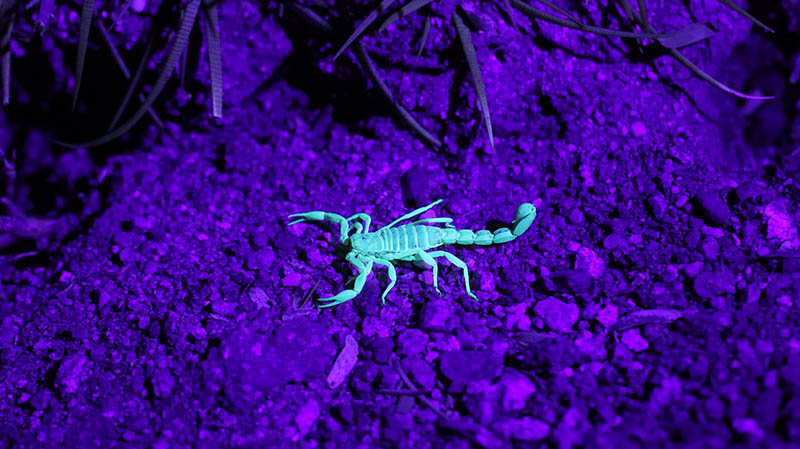
Scorpions use UV light to help them find mates. These creatures are attracted to the blue-glowing tails of other scorpions, which are only visible under UV light.
Scientists are still puzzled as to why scorpions are attracted to this particular color, but they think it may have something to do with the scorpion’s ability to see UV light.
What’s more, scorpions are also able to use UV light to help them find food. These creatures are attracted to the ultraviolet glow of certain insects, which makes them easier to catch.
7. Sockeye Salmon

The sockeye salmon is a type of fish that is found in the northern hemisphere. These fish are known for their distinctive red color, which is the result of their diet of krill and other small crustaceans.
What most people don’t know about sockeye salmon is that they can see UV light. This ability helps them find mates, as the males’ red color is more visible to females when there is UV light present.
Scientists believe that the sockeye salmon’s ability to see UV light is an adaptation that has helped them survive in their environment.
8. Hedgehogs
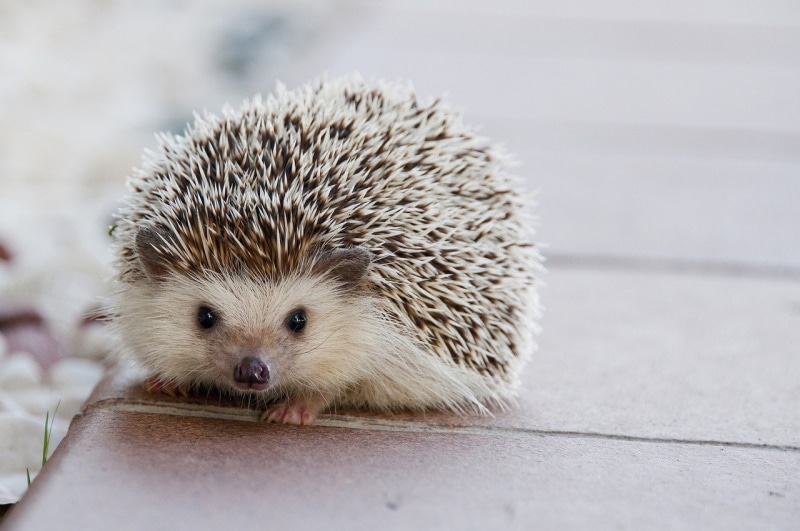
Hedgehogs are one of the most well-known animals that can see UV light. These spiky little creatures use UV light to help them find their way around in the dark.
Hedgehogs have a special ability called “static electricity detection.” This means that they can sense the electric fields generated by other animals. This ability is thought to be related to their ability to see UV light.
Scientists believe that the hedgehog’s eyes are specially adapted to see UV light. This ability helps them to find food and avoid predators.
9. Dogs

Dogs are also known to be able to see UV light. This ability helps them to better navigate their surroundings and avoid potential dangers.
One study found that dogs are able to see UV light because of a special pigment in their eyes. This pigment, called cysteine, helps to absorb UV light and convert it into visible light.
This ability is especially helpful for dogs who live in areas with a lot of snow. Snow is reflective, and it can reflect UV light back into the dog’s eyes. This can help the dog to see better in low-light conditions and navigate its way around obstacles.
10. Cats
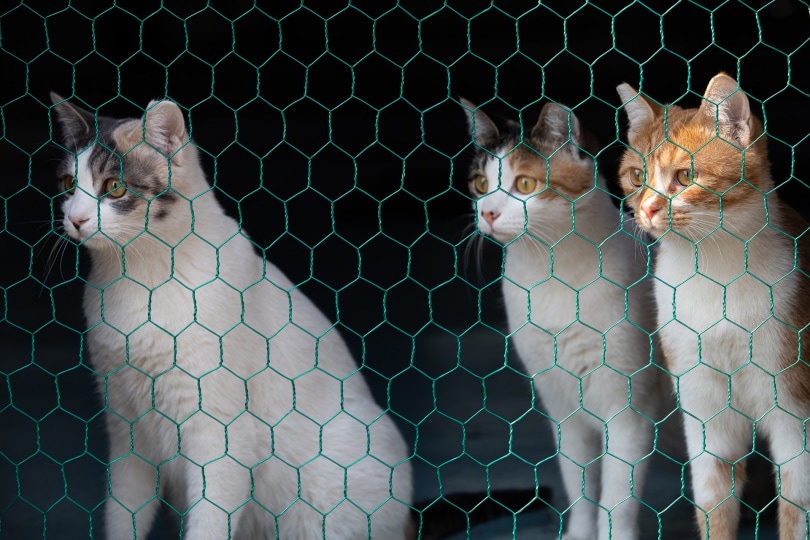
Cats are another type of animal that can see UV light. In fact, they are able to see UV light so well that they actually use it to help them hunt.
When a cat sees ultraviolet light, it is able to see patterns that are invisible to the human eye. These patterns can help the cat to identify prey, and they also make it easier for the cat to track its prey.

Final Thoughts
These animals share the unique ability to see ultraviolet light, which humans cannot see. Each of these creatures has adapted in different ways to make use of this special superpower. While we may never know exactly what they see when they look at us, we can appreciate the beauty of their strange and wonderful world.
About the Author Robert Sparks
Robert’s obsession with all things optical started early in life, when his optician father would bring home prototypes for Robert to play with. Nowadays, Robert is dedicated to helping others find the right optics for their needs. His hobbies include astronomy, astrophysics, and model building. Originally from Newark, NJ, he resides in Santa Fe, New Mexico, where the nighttime skies are filled with glittering stars.
Related Articles:
How to Clean a Refractor Telescope: Step-by-Step Guide
How to Clean a Telescope Eyepiece: Step-by-Step Guide
How to Clean a Rifle Scope: 8 Expert Tips
Monocular vs Telescope: Differences Explained (With Pictures)
What Is a Monocular Used For? 8 Common Functions
How to Clean a Telescope Mirror: 8 Expert Tips
Brightfield vs Phase Contrast Microscopy: The Differences Explained
SkyCamHD Drone Review: Pros, Cons, FAQ, & Verdict
